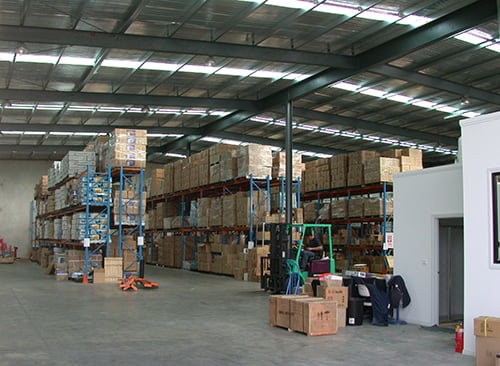CASE STUDY IN THE USE OF SOPHISTICATED M&A TECHNOLOGY.
Originally published by Cloud Navatar’s Alok Misra on March 11, 2016.
The Johnsons Corporate team pioneered the Six Stage Sales process that helps them systematically cast a wider net when seeking buyers for businesses. Thanks to their adoption of sophisticated M&A technology, Johnsons Corporate is well positioned to be a leader in Australian mid-market M&A, widening their targeting ability to more than 1000 buyers and closing each deal within 5-8 months.
When it comes to selling mid-market businesses, Johnsons Corporate doesn’t believe in taking shortcuts. The Johnsons Corporate Six Stage Sale Process, developed and refined for over 50 years, is based on the conviction that the sale and acquisition of mid-market businesses warrants a systematic approach to cast the net over a broader pool of prospects in more commercial and geographic markets than others would even contemplate.
In practical terms, the Johnsons approach translates into custom marketing campaigns to 500 to 1000 targets (as opposed to 30-40 targets that most corporate advisory firms work with), and it’s central to how they have been able to create a unique position in the Australian mid-market M&A marketspace.
Challenge
Running such a comprehensive process takes more time, and Johnsons realized they needed to “up their game” with sophisticated technology to run the mandates intelligently. Since they were used to finding global buyers, Johnsons scoured every corner of the globe for the right technology. The goal? To define a clear beginning and end to this well-defined process, and deliver faster results to clients — within a range of 5 to 8 months.
Most of the M&A advisory software that Johnsons came across was heavily dependent on consultants to deploy and required spending significant amounts of time and money. They didn’t want to burn valuable deal-making time working with consultants and building software workflow – they wanted a proven product for investment bankers, one that could jumpstart their efforts to lead their market.
Solution
The Johnsons team chose New York based Navatar, the connected growth platform for private markets that leverages data and technology like S&P CapitalIQ and Navatar Deal Connect. The critical test was to figure out whether Navatar’s M&A-out-of-a-box approach would be able to support Johnsons’ Six Stage Sale Process and improve their ability to cast a wider net and deliver faster results for their clients.
The Johnsons process was implemented within four weeks. In a short time, Johnsons was able to create a custom database of prospective targets and improve how they were managing their marketing campaigns to target segments. Where Navatar really shined was in managing the engagements. After deployment, the Johnsons’ team, across different offices, could drill down to any engagement and immediately see what was required next and by whom. They are now able to efficiently profile and track a whole range of acquisitive trading companies from across multiple industry segments, as well as financial buyers and their preferences. They can also leverage their custom research in a much more effective & meaningful manner and use it across multiple campaigns. And they are able to provide their clients with detailed & regular reporting throughout the whole process.
Johnsons has been able to streamline the marketing activities that target multiple synergistic acquirers from across the same industry as their client, as well as adjacent industry segments. They also reach out to international acquirers as a member firm of M&A Worldwide, a global network of more than 40 boutique M&A firms operating in over 36 countries. In addition to financial and strategic buyers, Johnsons also markets to accounting firms nationally, positioning the business as a prospective acquisition opportunity for clients of these firms.
With greater visibility across their business, Johnsons is eyeing rapid growth. “Navatar was the only technology that matched our ambition – and it did so out of the box” said Adrian Ness, Director, Johnsons Corporate. ”Thanks to Navatar, we are able to simultaneously manage and communicate with multiple local and international buyers across several campaigns at any one time. Additionally, our campaign reporting to clients is now fully automated providing complete visibility across all buyer communications. This empowers our clients to make better business decisions in relation to the sale of one of their most valued assets – their business.”
With over 50 years of experience buying and selling private & family owned businesses, Johnsons Corporate offers an approach specifically designed to maximize the value of a business. They always adopt a customised marketing strategy to each and every engagement. And every client they take on has an associated marketing campaign in order to sell their business and create competitive tension at the table. Their experience and expertise lies in executing business sales and acquisitions to strategic buyers & sellers, whether they come from local or international markets (via our partners M&A Worldwide).
See the original Blog Article as published by Navatar Group: a premier provider of cloud solutions – which combine CRM, content management and data – for the financial services industry.











